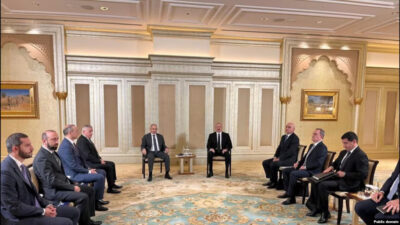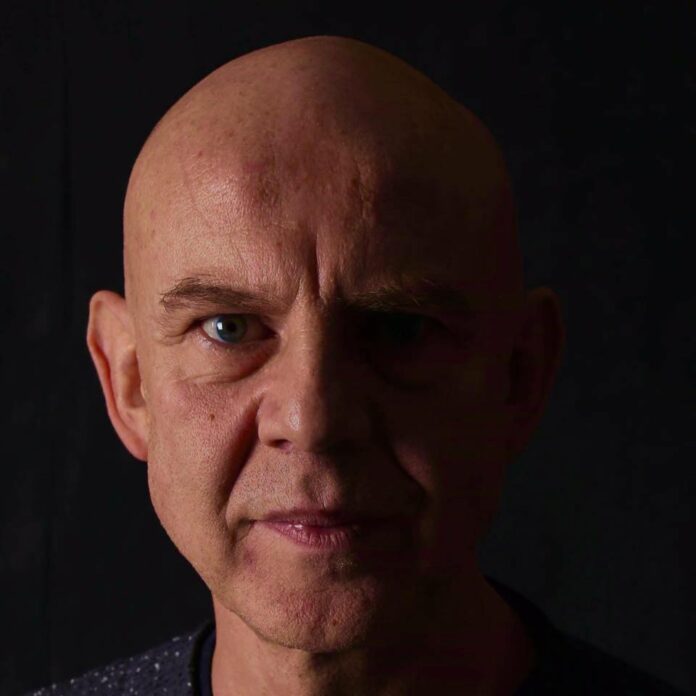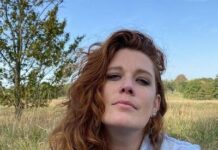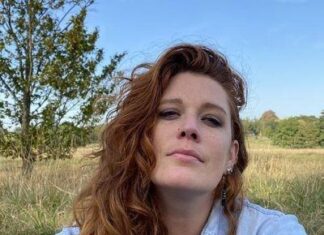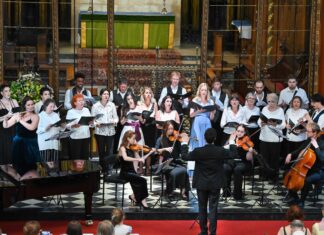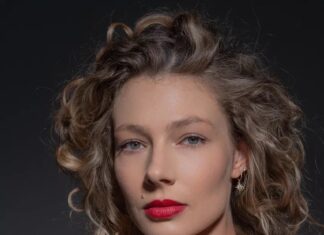YEREVAN/SEOUL – Daniel Kapelian is a French creative director, curator and producer, based in Seoul. Before living in Korea, he had a long career in the arts and culture sector in Paris as an independent author and producer in TV and multimedia. From 1998 to 2005, he was an associate professor in the Hypermedia Department at the University Paris 8, and vice president of multimedia of the SACD (French Authors’ Guild). The former audio-visual attaché of the French Embassy in Korea (2010-2015), he was the head of the cinema, TV, digital content and electronic music department. In 2015, he became the international cultural advisor for Hyundai Card CEO Ted Chung. For two years, he published a quarterly Trends Report (Art, Culture, Lifestyle, Innovation, Signals). In 2017, Kapelian became the art director of OMA Space creative art and design studio in Seoul, creating contemporary artworks. He also provides strategy, curation, conception and production of art and culture events for brands, private groups and international institutions.
Dear Daniel, how do you describe the contemporary art scene in Korea?
The Korean art scene is vibrant, offering a large spectrum of expressions: pop culture, music, cinema, contemporary art and design, digital art, and also craft. It’s an interesting blend of tradition and innovation. For the last 14 years, it has been a fantastic playground for me. Even though there aren’t too many foreigners involved in this scene, I had the chance to work on some very exciting projects and exhibitions, whether as an artist, curator, or art director here in Korea, or abroad to promote the artistic and cultural Korean soft power.
What makes OMA Space unique in the cultural mosaic of Korea?
Oma is a Korean artist and designer with deep expertise in textiles. She worked with Alexander McQueen while she was in London in the 2000s. She returned to her roots in Korea in 2010, opened her own studio and began creating exceptional garments handmade with traditional, rare fabrics and contemporary cuts and designs. I joined the studio in 2017 to help her transpose her experience and knowledge into contemporary art and design, blending traditional techniques with new technologies, sound, and video. She stands out as a unique figure in the Korean art landscape.
OMA Space also creates immersive installations. At the Venice biennial pavilions, I attended the immersive installations with pleasure, navigating their virtual environments. What is special about this art form?
